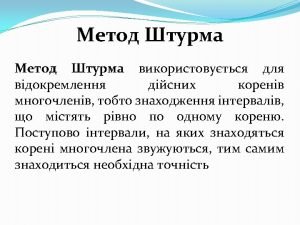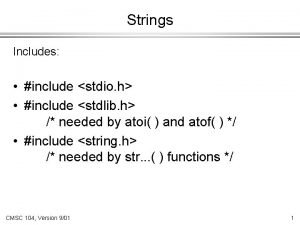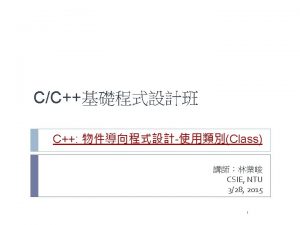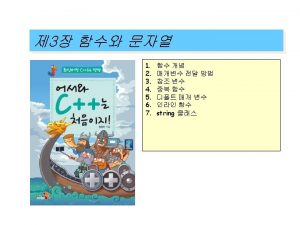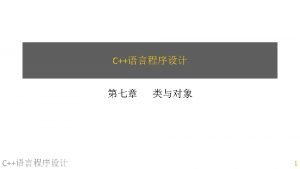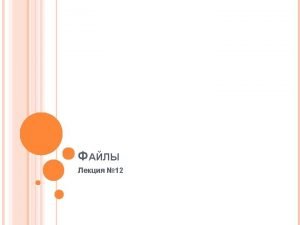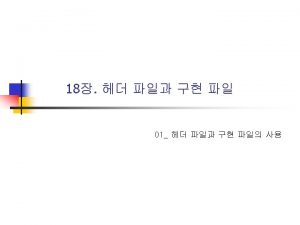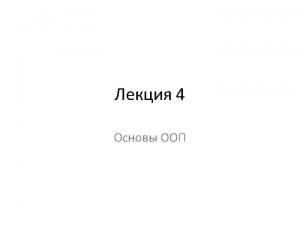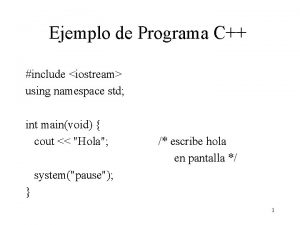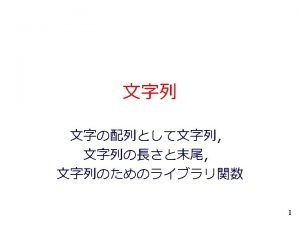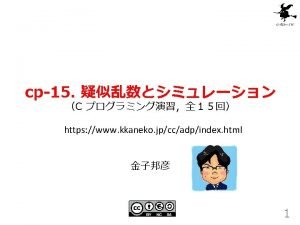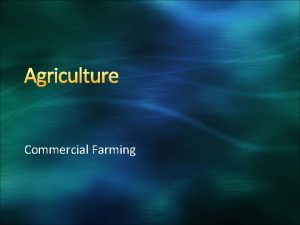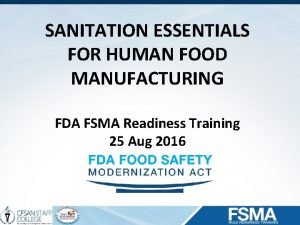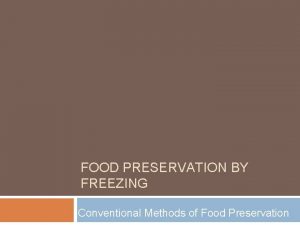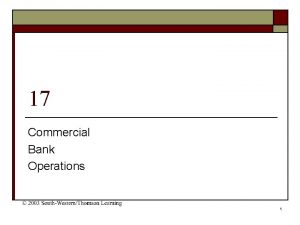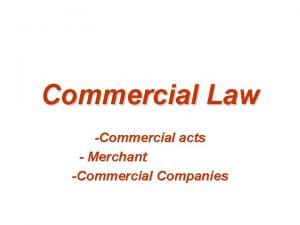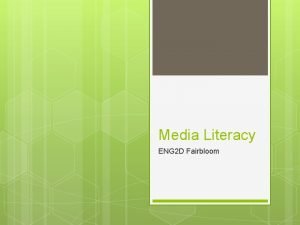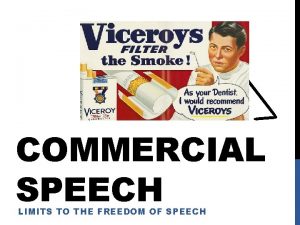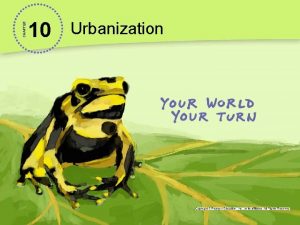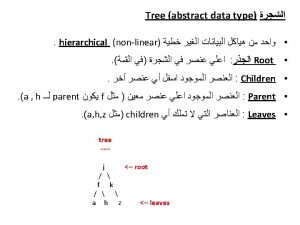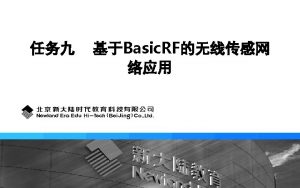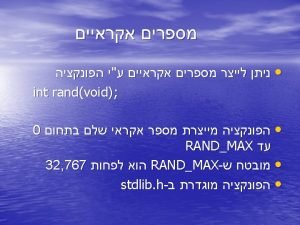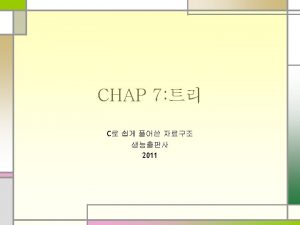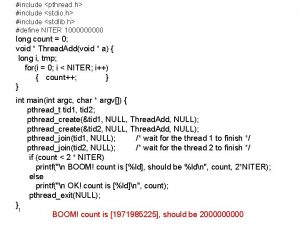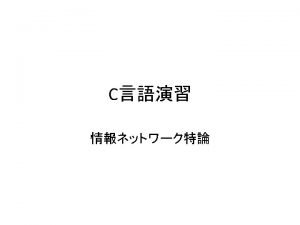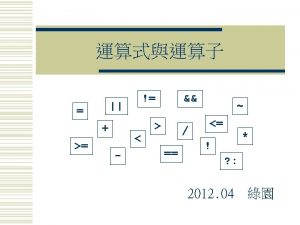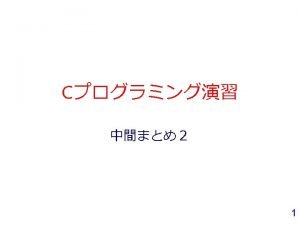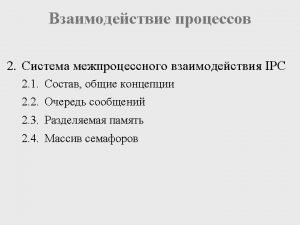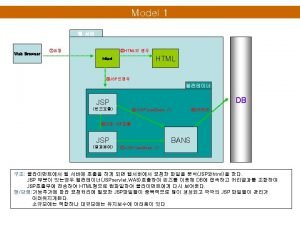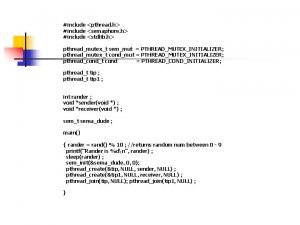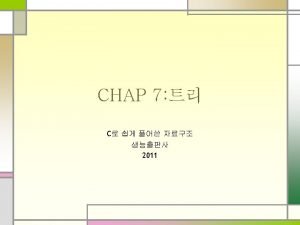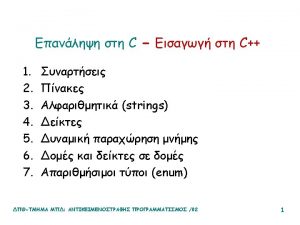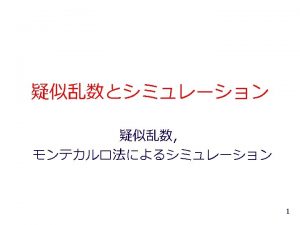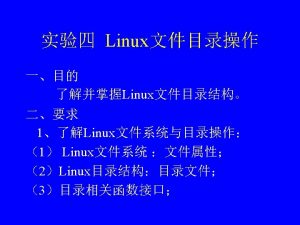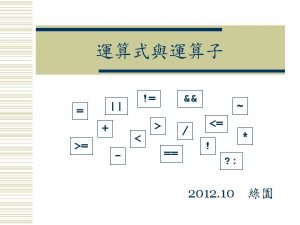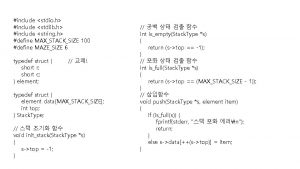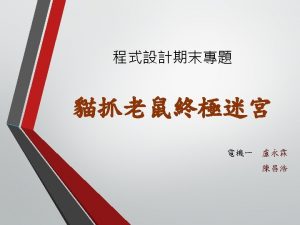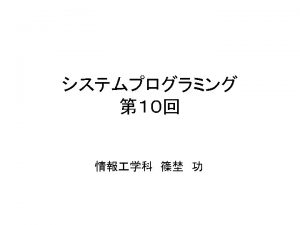Printing Processes Printing Processes Commercial printing processes include

































- Slides: 33

Printing Processes

Printing Processes Commercial printing processes include: • • • Lithography Letterpress Flexography Gravure Screen printing

Printing Processes Relief Printing Letterpress Flexography Gravure Screen Printing Lithography Electrostatic printing processes offset lithography electrophotographic inkjet microcapsule Thermal subliminal and wax transfer

Lithography

Lithography The process • The process works because oil does not mix with water. • The plate to be printed is coated with a type of oil, then rinsed, dampened with water and coated with ink. • The ink only sticks to the parts of the plate that are not wet with water.

Uses for: • Magazines • Newspapers • leaflets

Good points: Can print long runs at a low cost, can print both colour and black and white, good for photographs, good quality prints.

Flexography

Flexography The Process: • Uses a flexible printing plate. • Ink is applied to a raised image, which transfers the image. • It is the only printing process that can print onto plastics and metals

What is it used for? • • • plastic bags milk cartons disposable cups drinks cans sweet wrappers.

Pros and Cons Advantages: • Cheap • Can do long runs • Good quality graphics • Lots of colours. • Can print on flexible Disadvantages: materials. • Can lose quality. • More suitable for block colours. The plates can need replacing.

Gravure

Gravure The process: • Uses cylindrical printing plates. • The plates are usually made of steel and plated with copper and a light-sensitive coating. • The image / text to be printed is etched into the plates by a laser in negative form.

Uses: • art books • greeting cards • Advertising • Currency • wrapping paper • wood laminates • CD covers

Advantages: • Can do long runs at high press speeds • multi-colored • high quality jobs

Screen printing

The Process: • Material is placed on the base. • A template made from card. • A screen (made of stretched nylon with a wood frame) is placed on top of the template. • Ink is squeezed onto the screen. • A blade is used spread the ink and push it through the screen and template.

Silk screen printing is a labour intensive method which forces ink through a stencil applied to a fine screen. It is often used for fabrics.

Advantages; • Relatively cheap • Lots of colours available. Used for; • T-shirts • Posters • Packaging

Laser printing uses a laser to apply a charge of electricity to a special drum which then picks up metal powder and transfers it to a piece of paper. It is often low quality but gives high volumes at low prices.

Die Cutting an Introduction In industry companies need to manufacture packaging in large quantities. In order to create the packaging, nets or cutter guides have to be designed accurately so that the final product can be cut out after it had been printed. What everyday items can you think of that have been die cut?

Everyday items Many of the products you use everyday have been die cut: tissue boxes, stickers, cereal boxes, birthday cards and file dividers.

Uses Die cutting is an extremely useful tool when designing promotional materials, point of sale and packaging particularly when larger quantities are required

The Die Cutting Process – Stage 1 The first stage is creating a cutter guide or net for your packaging on Pro Desktop or an other CAD programmes.

The Die Cutting Process – Stage 2 The electronic file is then put into a computerised laser cutter which burns the design directly on to a wooden board, it is accurate to 100 th of a millimetre.

The Die Cutting Process – Stage 3 The operator uses the design to see where the die board (the lasered wood) should use a cutting metal rule (for cutting lines) or a blunt metal rule (for fold lines).

The Die Cutting Process – Stage 3 Metal rules are bent by hand fitted into the wooden board where the laser cuts were made.

The Die Cutting Process – Stage 3 The operator then uses rubber to cover the blades, this helps to protect anyone handling the die board and stops the specialist machinery from getting damaged.

The Die Cutting Process – Stage 3 This job usually takes half a day to complete by an expert and can cost £ 80 - £ 160 for an A 4 size dieboard.

The Die Cutting Process – Stage 4 The dieboards are inserted into a machine called a Heidleberg Cylinder.

The Die Cutting Process – Stage 4 The paper or card is fed into the machine, the cylinder makes one rotation and the dieboard makes its cut.

The Die Cutting Process – Stage 4 These automatic machines can even separate the waste and stack the cut outs, saving time and money in the finishing process of making packaging.

Theory Task 1 Make notes on Papers and Boards Topics you must cover must include: • Types of papers and boards • Properties and applications of papers and boards • Printing processes and applications • Lithography, letterpress, flexography, gravure, screen printing, digital printing, thermal transfer printing, dye sublimation printing. • Die cutting You will have an (open book) test on this next Monday…
 #include stdio.h #include conio.h #include stdlib.h
#include stdio.h #include conio.h #include stdlib.h #include stdio.h #include stdlib.h #include string.h
#include stdio.h #include stdlib.h #include string.h Commercial and noncommercial food service operations
Commercial and noncommercial food service operations Pengertian grafika
Pengertian grafika #include iostream.h using namespace std
#include iostream.h using namespace std Namespace string
Namespace string #include iostream #include string using namespace std
#include iostream #include string using namespace std #include stdio.h #include stdlib.h int main()
#include stdio.h #include stdlib.h int main() #include iostream #include cmath
#include iostream #include cmath Cppinclude
Cppinclude #include
#include Include string.h
Include string.h Include time
Include time Deformation processes include which of the following
Deformation processes include which of the following Concurrent in os
Concurrent in os Commercial gardening and fruit farming definition
Commercial gardening and fruit farming definition Commercial law outlines
Commercial law outlines Ecommerce feasibility study
Ecommerce feasibility study 7 steps of wet sanitation
7 steps of wet sanitation Freezing method of food preservation
Freezing method of food preservation Commercial bank operations
Commercial bank operations Roadside ditch commercial
Roadside ditch commercial Disadvantages of commercial banks
Disadvantages of commercial banks Acquisition and disposition of property plant and equipment
Acquisition and disposition of property plant and equipment Commercial acts
Commercial acts Media have commercial implications
Media have commercial implications Commercial aviation safety team
Commercial aviation safety team Commercial/ads
Commercial/ads Chapter 10 patterns of sprawl
Chapter 10 patterns of sprawl
